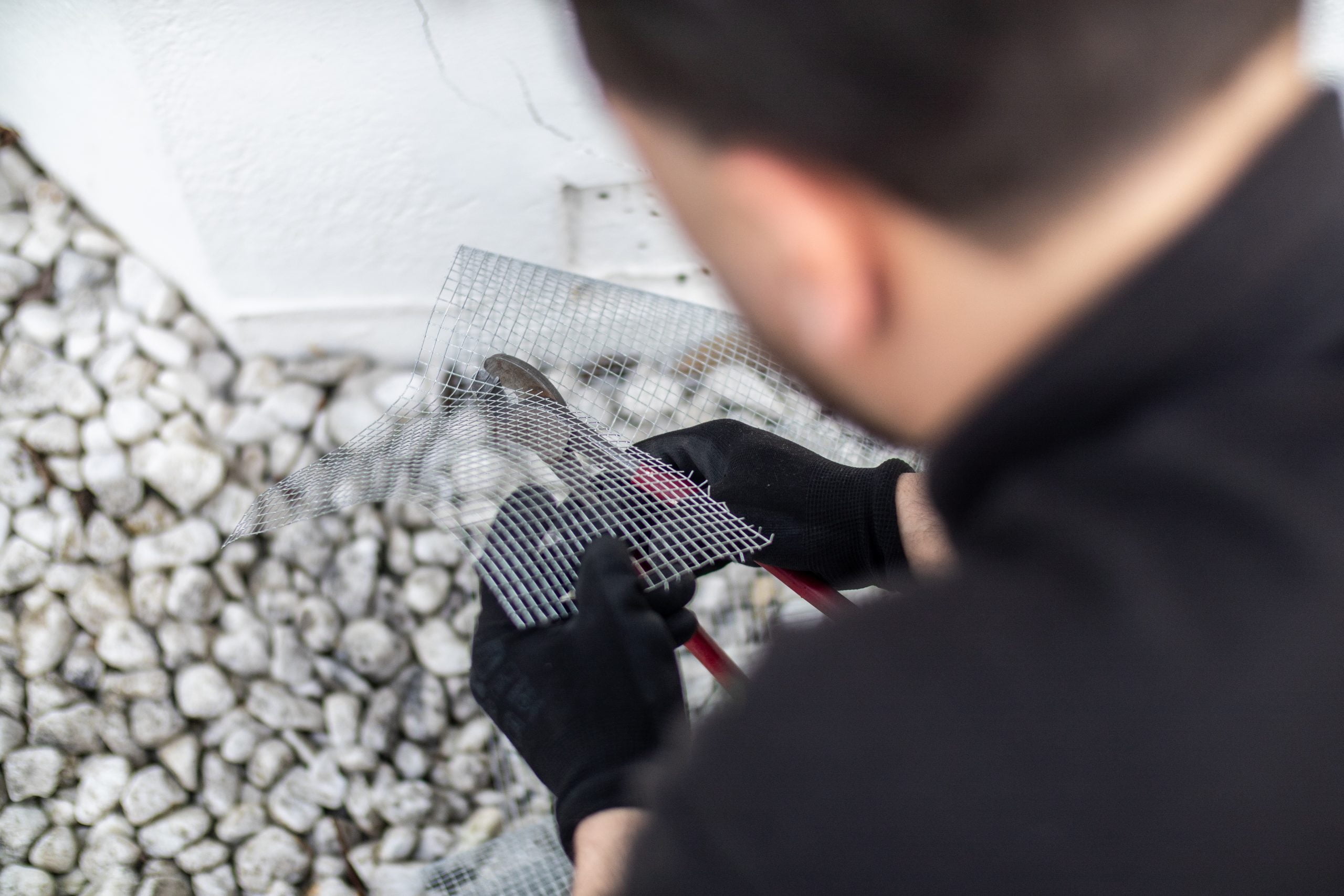Mice breed rapidly and their nasty habit of constantly urinating and crawling in and out of dirty spaces exposes you and your family to the risk of disease as soon as they get comfortable in your home. The moment you spot a mouse or any signs of mice, you need to take action to get rid of them before they start a big, hungry, dirty family.
Also, there’s never just one mouse. Mice are social animals, so don’t think that you can shrug off your infestation if you only see one scurrying around because there’s many more that you’re not seeing. Their eyesight is poor, so they get around using their sense of smell and sensitive whiskers instead, allowing them to happily live inside walls and under floors their entire lives, unseen and only occasionally heard.
The signs to look out for to identify mice are: gnawed skirting boards, kitchen units or other surfaces along their path; holes with greasy marks around them (known as smearing); gnawed food or holes in food containers; gnawing or scuttling in walls or under floors, usually at night and stopping whenever there’s disturbance; and – most commonly – dark droppings roughly the size of a grain of rice, which they leave behind wherever they go.
Remember: if it’s rice, it’s mice!












